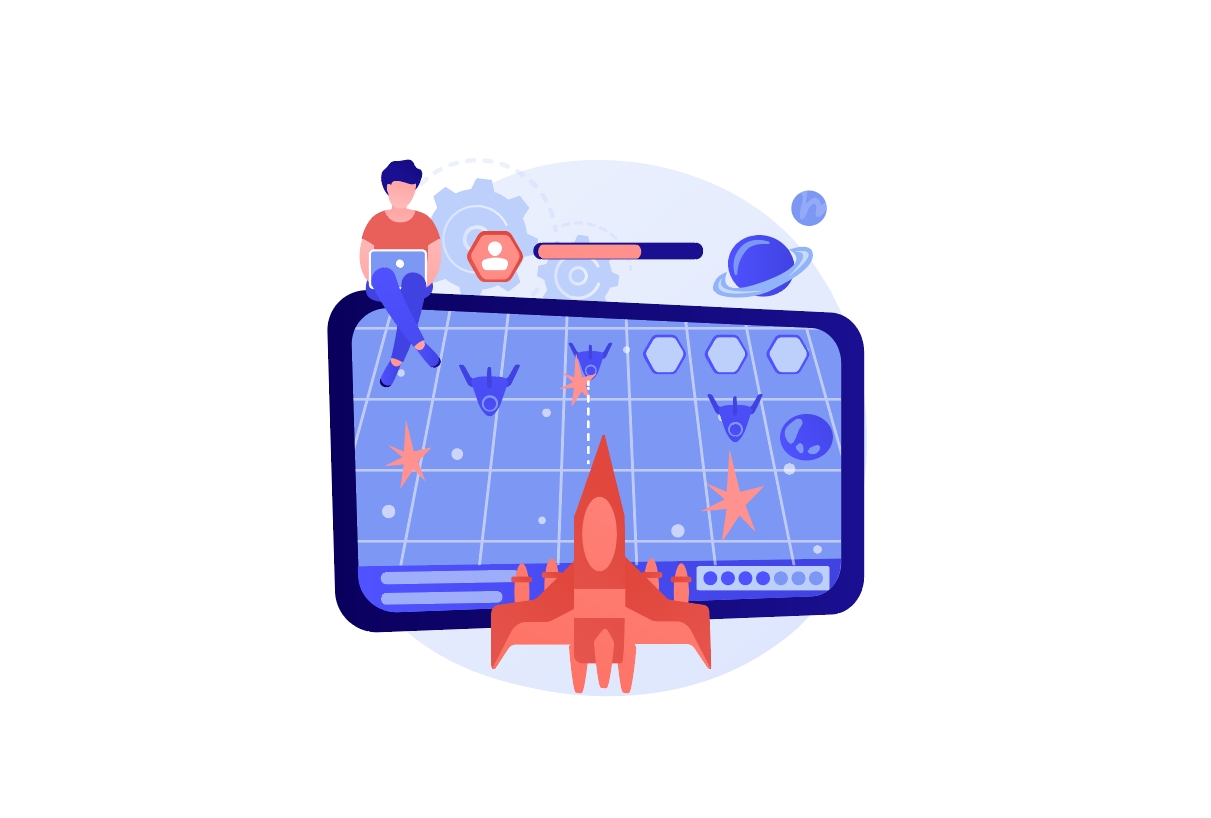
As the gaming industry continues to expand globally, game developers and publishers are increasingly looking for ways to scale their operations across diverse markets. Running successful game operations on a global scale involves much more than just distributing the game worldwide; it requires adapting your marketing strategies, understanding regional differences, and optimizing game performance to ensure long-term success. In this article, we'll explore key strategies for managing global marketing in game operations.
1. Understanding the Role of Game Operations in Global Marketing
Game operations refer to the ongoing activities that developers and publishers engage in to ensure the smooth functioning of a game once it has been launched. This includes monitoring player engagement, managing in-game events, performing regular updates, and most importantly, managing marketing efforts that help attract and retain a global player base.
Successful game operations are integral to maintaining a game's long-term success. With proper global marketing strategies, developers can effectively reach players from different regions, fostering a community of engaged users and driving continuous revenue growth.

2. Localization: The Key to Global Success
One of the most crucial aspects of global game operations is localization. Localization goes beyond mere translation; it involves adapting your game to the cultural and social preferences of different regions. Effective localization ensures that your game resonates with players, increasing engagement and encouraging long-term play.
Text and Dialogue: Ensure all in-game text, dialogue, and instructions are translated accurately while maintaining the tone and humor of the original game. Cultural differences can affect the humor and storytelling style, so be mindful of local preferences.
Visual and Audio Adaptations: Localize art, sound effects, and music to appeal to regional tastes. For example, certain colors, symbols, or visual elements might hold different meanings in various cultures, and music that resonates with one audience might not have the same effect on another.
Cultural Sensitivity: It's essential to understand the cultural norms of each market. For instance, certain actions, characters, or themes in your game may be deemed inappropriate or offensive in specific regions. Adjusting the narrative or gameplay mechanics to align with local sensitivities is key to avoiding backlash.
3. Targeting Global Markets with Regional Strategies
Global marketing in game operations is not a one-size-fits-all approach. Each market has its own set of preferences, user behaviors, and consumption patterns. Therefore, it's essential to tailor your marketing strategies to fit each region while maintaining a consistent global brand presence.
-
User Acquisition Strategies
Successful user acquisition in different markets requires leveraging local channels, influencers, and platforms that resonate with your target audience. Popular mobile and PC platforms like Google Play, App Store, Steam, or regional-specific platforms like Tencent’s WeChat and Taptap can help you reach potential players.Social Media: Depending on the region, platforms like Facebook, Instagram, Twitter, or TikTok might be popular in certain markets, while platforms like Weibo, Line, or KakaoTalk may be more effective in Asia.
Influencer Marketing: Collaborating with local influencers and streamers who align with your game's niche can help spread awareness and build a player base. Whether through YouTube, Twitch, or local streaming services, influencers can help boost your game’s visibility and drive player engagement.
Paid Ads: Adjust your ad creatives and targeting to match regional preferences and behaviors. Platforms like Facebook Ads, Google Ads, and local DSPs allow you to target specific countries, demographics, and user behaviors.
-
Regionalized In-Game Events and Promotions
Hosting in-game events, such as festivals, holiday-themed promotions, or region-specific challenges, is a great way to drive player participation and increase in-game purchases. These events can be tailored to align with local holidays, seasonal preferences, or pop culture.For example, in Western markets, a Halloween-themed event might attract players, whereas, in Asia, a Lunar New Year event could be more effective.
These localized events not only engage players but also encourage purchases and new player acquisition.
4. Optimizing In-App Monetization Across Global Markets
In-game purchases (IAP) and ad monetization strategies must be tailored for each region to ensure profitability and user retention. Some key aspects to consider:
Localized Payment Methods
The preferred payment methods vary greatly across regions. In some markets, players may prefer credit card payments, while in others, mobile payment platforms like Alipay (China) or Paytm (India) are more popular. Integrating a variety of payment methods ensures players can easily make purchases in the way that suits them best.Tiered Pricing Models
The economic conditions in different regions vary significantly, so offering flexible, region-specific pricing is crucial. A tiered pricing model that adjusts in-game purchases according to local income levels and market conditions can make your game more accessible and attractive to a wider audience.Freemium and Subscription Models
For many global markets, freemium models (free-to-play with optional in-app purchases) and subscription-based models are highly effective. Offering players the option to subscribe to premium content or receive in-game benefits can help increase both engagement and monetization.
5. Customer Support and Community Engagement
Providing excellent customer support and fostering a strong community are key components of successful global game operations. Players across different regions may face different issues, so it’s important to have localized support available for troubleshooting, feedback, and inquiries.
Multilingual Support: Ensure that customer support and communication channels are available in multiple languages to cater to a global audience.
Community Building: Engage with players through region-specific forums, social media groups, and in-game chat. Building strong communities can increase player retention and word-of-mouth marketing.
Feedback Loops: Listening to players’ feedback and quickly responding to their concerns is crucial for long-term success. Players feel valued when they see that their feedback leads to meaningful changes in the game.
6. Monitoring and Adapting to Global Trends
The gaming industry is constantly evolving, and so are the preferences of players worldwide. Regularly monitor global gaming trends, technological advances, and competitor activities to stay ahead of the curve.
Stay Agile: Be prepared to adjust marketing strategies or game content based on shifting market dynamics, new trends, or player demands.
Data Analytics: Use data-driven insights to assess the effectiveness of your marketing campaigns, user acquisition strategies, and in-game monetization efforts across different regions. Key performance indicators (KPIs) such as player retention, lifetime value (LTV), and average revenue per user (ARPU) will help guide your decisions.
7. Conclusion
Global marketing in game operations requires a multifaceted approach that blends localization, regional marketing strategies, tailored monetization, and constant community engagement. By understanding and adapting to the preferences of players in different regions, developers can ensure their games succeed in the global marketplace. Focusing on the intricacies of localizing content, optimizing monetization, and fostering strong user relationships will create a winning formula for game operations that drive long-term success across global markets.








